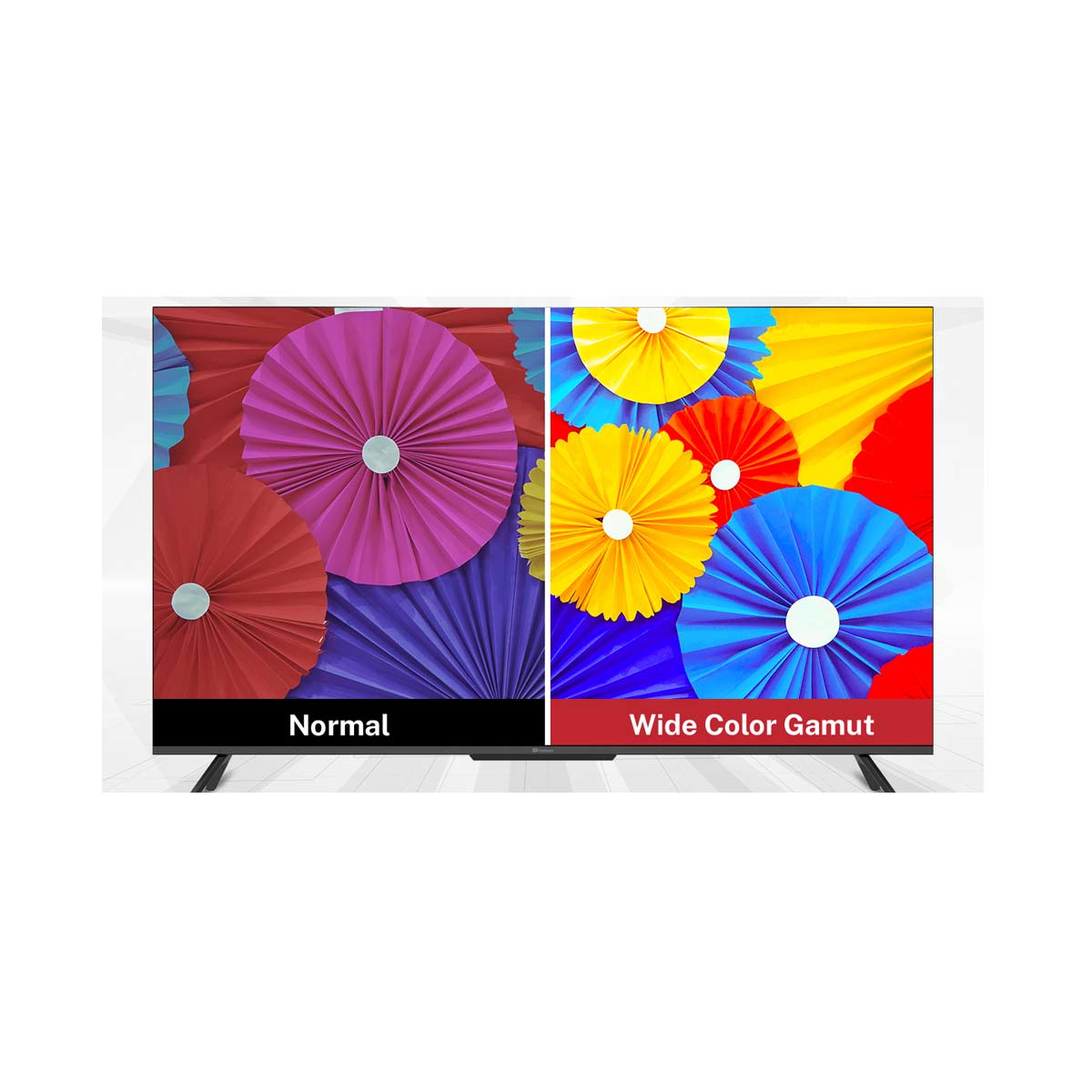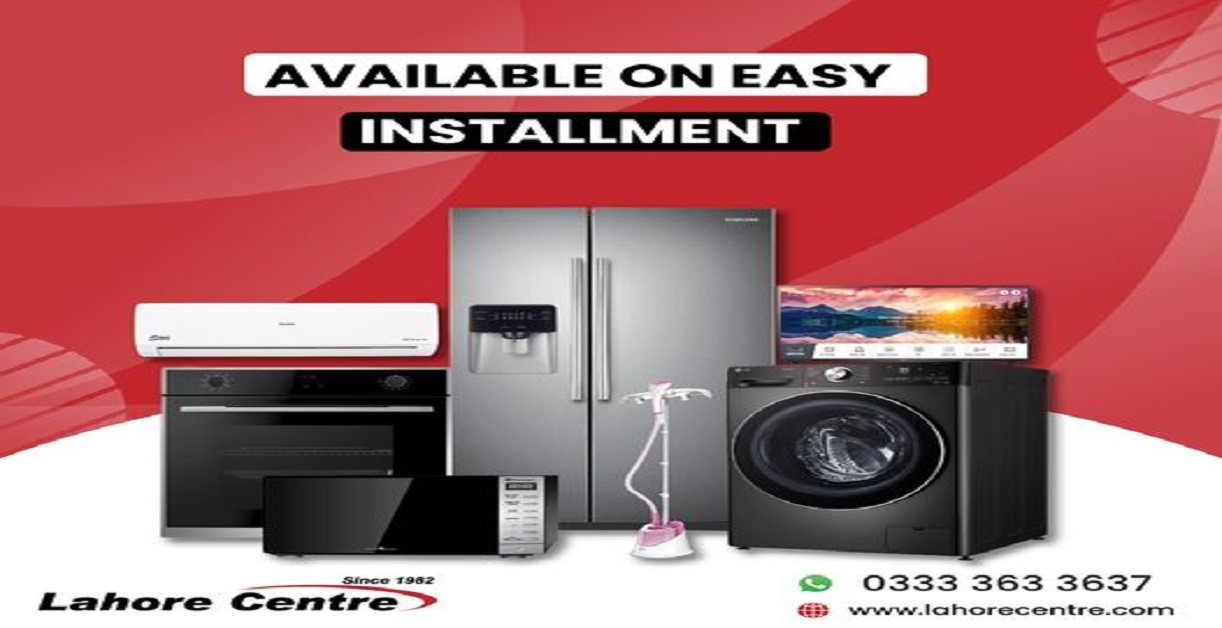Television has evolved from a passive to a very active kind of entertainment. It used to be that the TV was relegated to the corner of the room and only watched for a few minutes each night. It has evolved into a full-fledged multimedia experience today, thanks to the advantages of smart TV. Previously a high-end choice, smart TVs are now a standard feature in the TV industry. Almost every kind of TV you see when browsing an electronics store or shopping online is a smart TV, and they are all reasonably priced. To buy one for your living room, check out Smart led TV price in Pakistan.
The main advantage of a smart TV is its access to numerous channels offering TV shows, movies, and music without the need for a TV antenna or cable or satellite service. A smart TV can also access media files stored on your computer, play games, and browse the internet. Even though smart TVs may also get TV programs from an antenna, cable, or satellite. Some smart TVs include additional features in addition to internet streaming, like Screen Sharing, which allows users to view material from compatible smartphones and tablets on a TV screen. Although they have many advantages, you shouldn’t purchase a smart TV without giving it some thought. Let’s examine what a smart led TV accomplishes and a few specifications to look for before making a purchase.
1: Connection Ports
Although every television offers a set of ports for connections, some of them might not be the precise ports you need to connect the right devices. Is there a reason why HDMI has its section? There’s nothing more convenient and common on your TV than this port. All modern devices should connect to HDMI, or “High-Definition Media Input.” Your TV’s HDMI connections can be utilized for both audio and video. You may use an HDMI connection to link your PC to your TV because the majority of computers are HDMI compatible. Even better, you can plug in a streaming device to upgrade your outdated TV to a smart TV. You will appreciate how easy it is to set up your TV with HDMI if you like to plug in one wire and be finished.
The ideal connection method is always HDMI ports because HDMI transmits data digitally, delivering the highest-quality audio and video without ever compressing or distorting the data. You must use an HDMI cable to connect your Samsung LED Smart TV to a compatible device. You will receive the greatest possible picture quality if you use a Samsung TV with an HDMI port because it supports the most recent HDMI version. To achieve the optimum viewing experience, you must use a cable that is the same version as your television. Keep an eye out for a smart TV’s HDMI input count. More is always better! Additionally, check that the set’s ports support HDMI 2.0 to enable future Ultra HD inputs. Pick a television with at least 4 accessible HDMI ports.
2: Screen Resolution
Everyone desires incredible video quality, but are you aware of what screen resolution is and what the numbers indicate? The optimal screen, monitor, or TV for you will depend on your demands, although the resolution is undoubtedly exceptional. Let’s first discuss screen resolution. Millions of pixels are used on computer screens to display images. These pixels are set up horizontally and vertically in a grid. The screen resolution is indicated as the total number of pixels both horizontally and vertically.
Smart TVs come in a variety of resolutions. There are about a million pixels in several 32-inch versions and older smart TVs (720p). TVs that are more current and a little bigger (49 inches and smaller) contain somewhat more than 2 million pixels (1080p). 8 million even more recent and larger TVs (50 inches and beyond) are available (for 4K Ultra HD). And the most recent and substantial TVs have more than 33 million pixels (8K). Samsung 43-inch smart led TV has 4k ultra HD resolution with dimensions 970.2 x 563.2 x 58.8. If you’re not looking for a second (or third) TV, stay away from full HD or 1080p TVs. Even then, consider extending your budget to 4K.
3: OLED, LCD, and LED Screens
Do you know which TV panel technology is better for you when deciding between OLED, LED, and LCD? The most prevalent types of smart TVs are LCD and LED. These HD and Ultra HD televisions have backlighting made of light-emitting diodes (LEDs). It not only slims down the TV but also makes for a brighter viewing experience. Check out Best LED TV online Price to buy one for your entertainment purpose. One of the priciest panels is OLED, which uses unique organic pixels that emit light when an electric current flows through them. These displays provide a more enjoyable experience overall because of their increased contrast and bright colors. It’s also important to note that QLED displays, which have superb picture quality and a longer lifespan, are now available on the market. It is a relatively new technique that produces colored light using quantum dots. These displays are well-liked for enhancing the screen’s color and brightness. These QLED panels are thought to perform better than LCD and LED and come near to Organic Light Emitting Diode (OLED) in terms of performance.
4: Refresh Rate
Simply defined, whether you’re searching for a TV or a computer monitor, the refresh rate of a display refers to how frequently it resets the image each second. Hertz units are used to measure refresh rate (Hz). In essence, the refresh rate of your display determines how quickly each video frame is presented on the screen. The greater the refresh rate, the faster this happens. Higher refresh rates enable a TV or monitor to display more frames per second (fps), which may impact how aesthetically pleasant your video seems depending on the content given to it. When it comes to modern TVs, there are essentially two different sorts of typical refresh rates available: 60Hz and 120Hz. The 120Hz spec is typically found on TVs that offer premium hardware and software features in addition to higher-quality motion management, which makes 60Hz TVs cheaper than 120Hz TVs in general. If you’re a serious gamer, we strongly advise looking for a 120Hz TV.
5: HDR Compatibility
High-dynamic range, or HDR, can take the picture on your TV to a whole new level. Nearly all of the best TVs include it, including many low-cost models as well as midrange and high-end TVs. You’ll experience brighter highlights, higher contrast, and deeper, more accurate colors on a high-quality TV that is showing actual HDR TV shows, movies, and games. Simply put, the entire image is more realistic. You might see an Ultra HD Premium branding on a TV screen when you go shopping for one. It indicates that the screen provides a level of performance that will undoubtedly maximize an HDR source. The screen must meet the following specifications: it must have a resolution of 3840 by 2160 pixels and be capable of displaying an immense variety of distinct color tones seen in an image.
6: Screen Size
The screen size is one of the most crucial and noticeable television specifications. It may be tempting to spend a lot of money on a big screen if you have a lot of money, but before you choose a big screen—or any other screen size, for that matter—make sure you think about how big the room will be where the TV will be located. Along with this, take into account its cost and the other above-mentioned specifications. The size of your TV is ultimately constrained by the options offered by a manufacturer for a particular model. 42, 50, 55, 65, and 75 inches are the most popular TV dimensions. Between those sizes, you might discover various models, but variations are uncommon, especially at the larger end of the spectrum. Buy LG led 3d smart TV and take advantage of a 3D TV that is comfortable for your eyes.
Best LED TV Online Price:
|
Model |
Price |
| TCL SMART LED 40S65A | ₨53,000.00 |
| TCL 32D310 LED 32″ | ₨29,999.00 |
| TCL 40D3000 LED 40″ | ₨44,500.00 |
| IZONE 24A1000 LED NEW | ₨21,500.00 |







